On April 28, 2025, a Reuters drone hovering over the Bluebonnet Detention Facility in Anson, Texas, recorded a chilling scene: 31 men in red and orange jumpsuits formed the letters “SOS” in a dirt courtyard, pleading for help amid fears of deportation to El Salvador’s notorious CECOT prison. This vivid distress signal, reportedly captured 200 miles west of Dallas, underscores the growing role of drones in documenting human rights concerns and the evolving challenges for operators navigating sensitive airspace.
Drones as Witnesses to Crisis
The Reuters drone, likely a (semi) professional-grade model with high-resolution imaging, such as a DJI Air 3S, provided a clear aerial view of the detainees’ message, amplifying their plight to a global audience. Drones equipped with 4K cameras and stabilized gimbals can capture such scenes from altitudes of 400 feet or less, ensuring sharp footage while adhering to FAA regulations. The footage showed one detainee flashing a peace sign, a human gesture that cuts through the technical precision of drone operation, reminding pilots of the real-world impact their tools can have.
This incident highlights drones’ increasing use in journalism and advocacy, from monitoring protests to exposing conditions in remote facilities. However, operating near restricted areas like ICE detention centers—24 miles north of Abilene—requires strict compliance with airspace rules. Temporary Flight Restrictions (TFRs) or No-Fly Zones may apply, demanding pilots check FAA’s B4UFLY app or coordinate with local authorities to avoid penalties. The Reuters team’s success suggests meticulous planning, likely involving Part 107 certification and pre-flight approvals.
Human Stakes, Legal Battles
The detainees’ SOS, an international cry meaning “save our souls,” reflects fears of deportation under the Trump administration’s use of the 1798 Alien Enemies Act. The men, accused of ties to the Venezuelan gang Tren de Aragua, faced potential transfer to CECOT, a maximum-security prison known for harsh conditions. Families of seven detainees told Reuters, “They were not gang members and refused to sign any such documentation,” highlighting disputed claims. A Supreme Court ruling on April 19, 2025, temporarily halted these deportations, responding to lawyers’ pleas for due process.
DroneXL’s Take
DroneXL sees this as a pivotal moment. The Bluebonnet SOS footage proves drones aren’t just tools for stunning landscapes—they’re lifelines for those without a voice. Picture a pilot, coffee in hand, watching their monitor as a human plea unfolds 300 feet below; it’s a gut-punch reminder of our responsibility. We urge operators to master FAA drone rules and ethical guidelines, ensuring their work uplifts rather than exploits. As regulations tighten, stay sharp—your drone could be the next to capture a story that changes lives.
Photo courtesy of Reuters / Paul Ratje
Discover more from DroneXL.co
Subscribe to get the latest posts sent to your email.
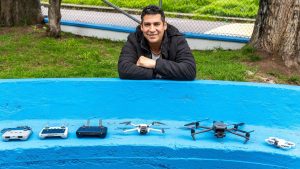


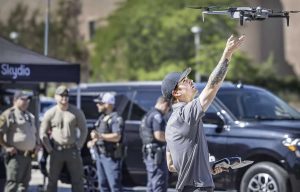

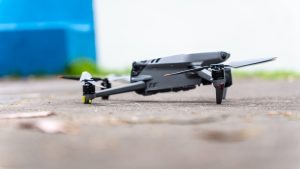

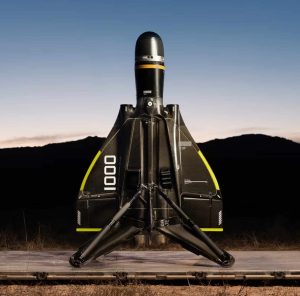

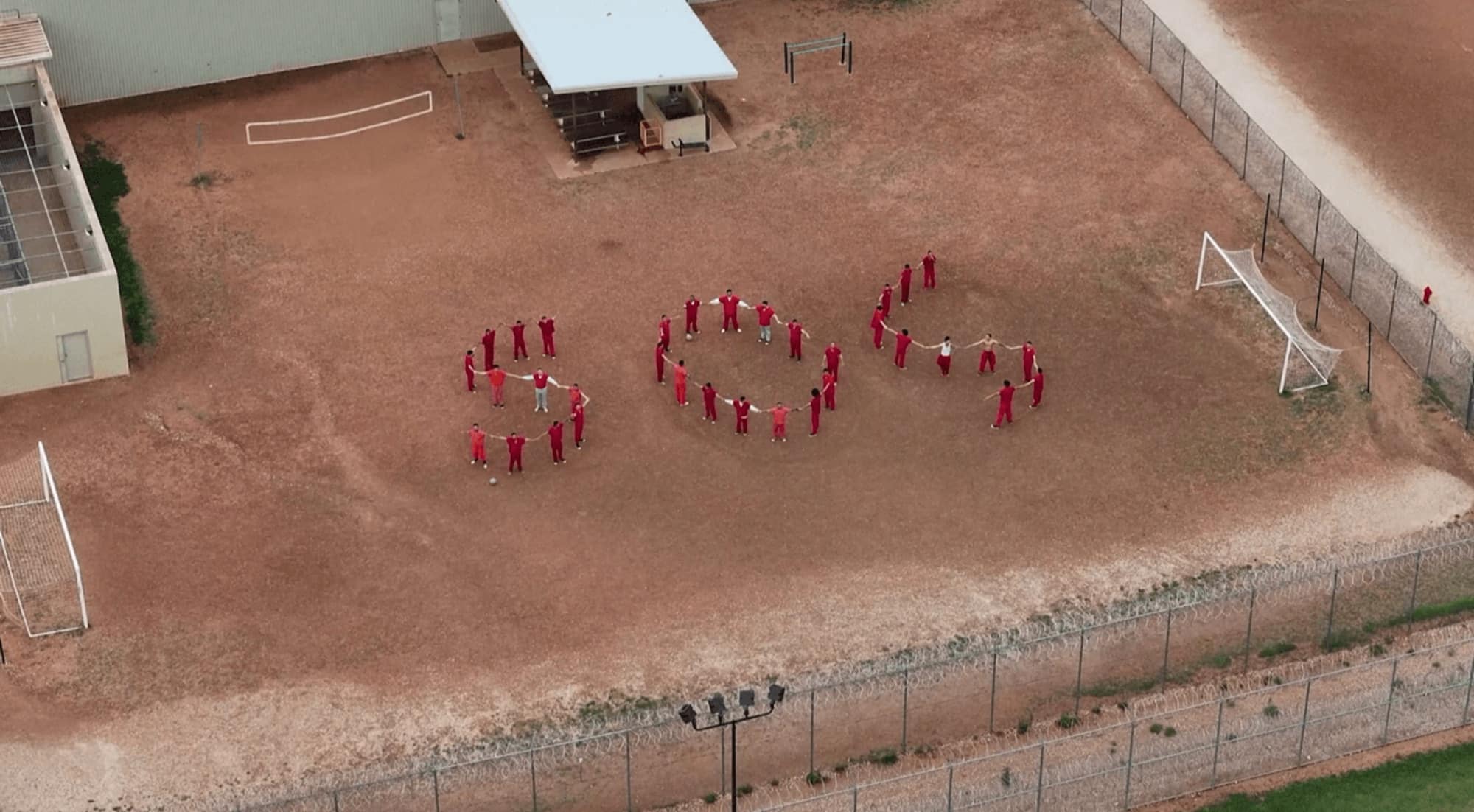


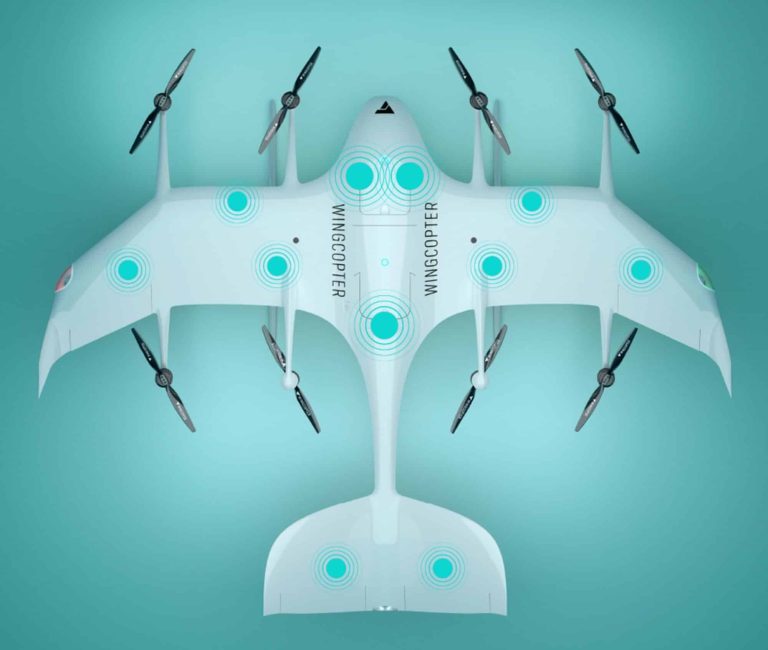
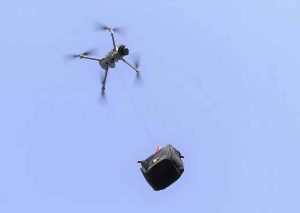
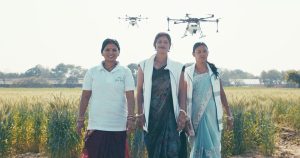
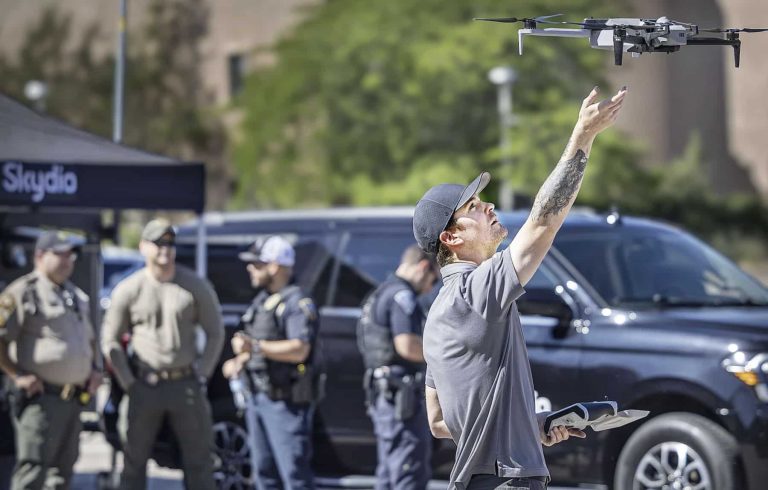
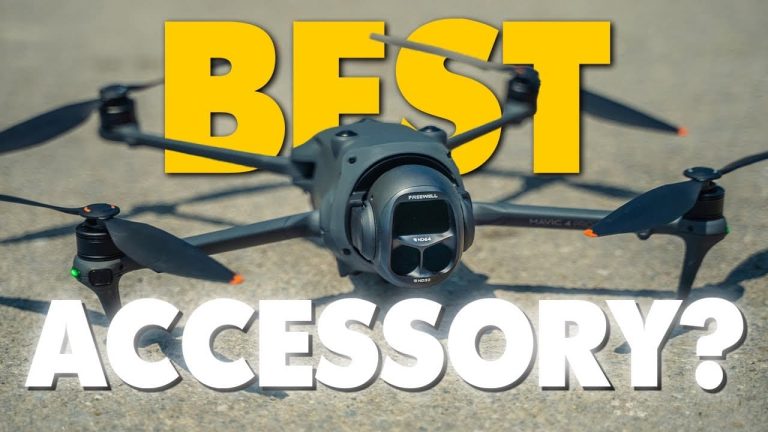
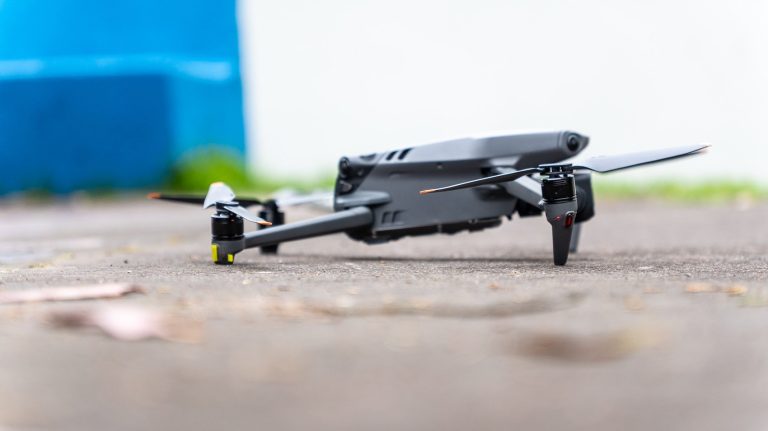
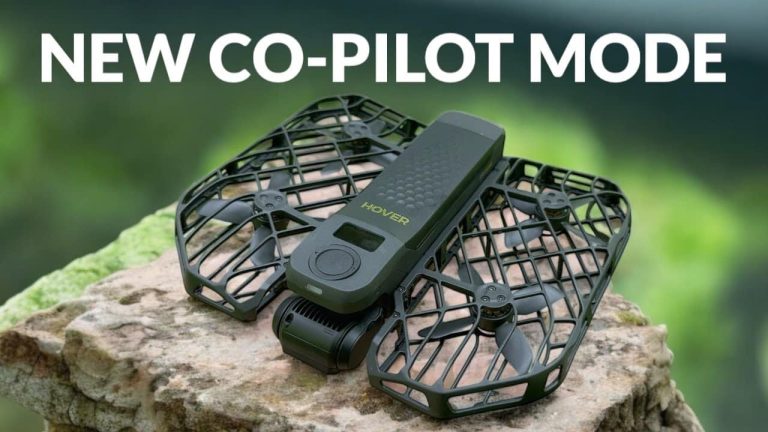
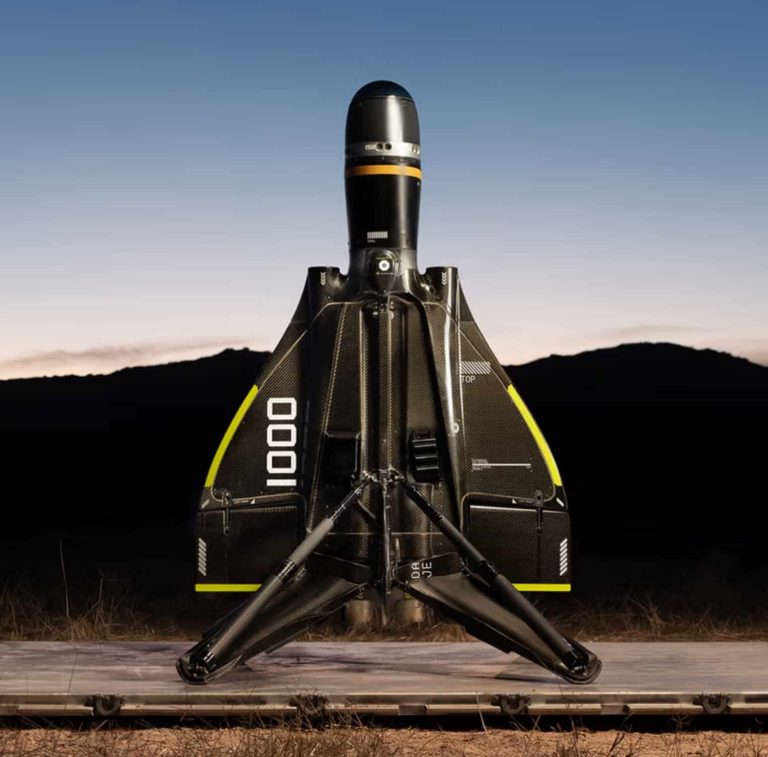
+ There are no comments
Add yours